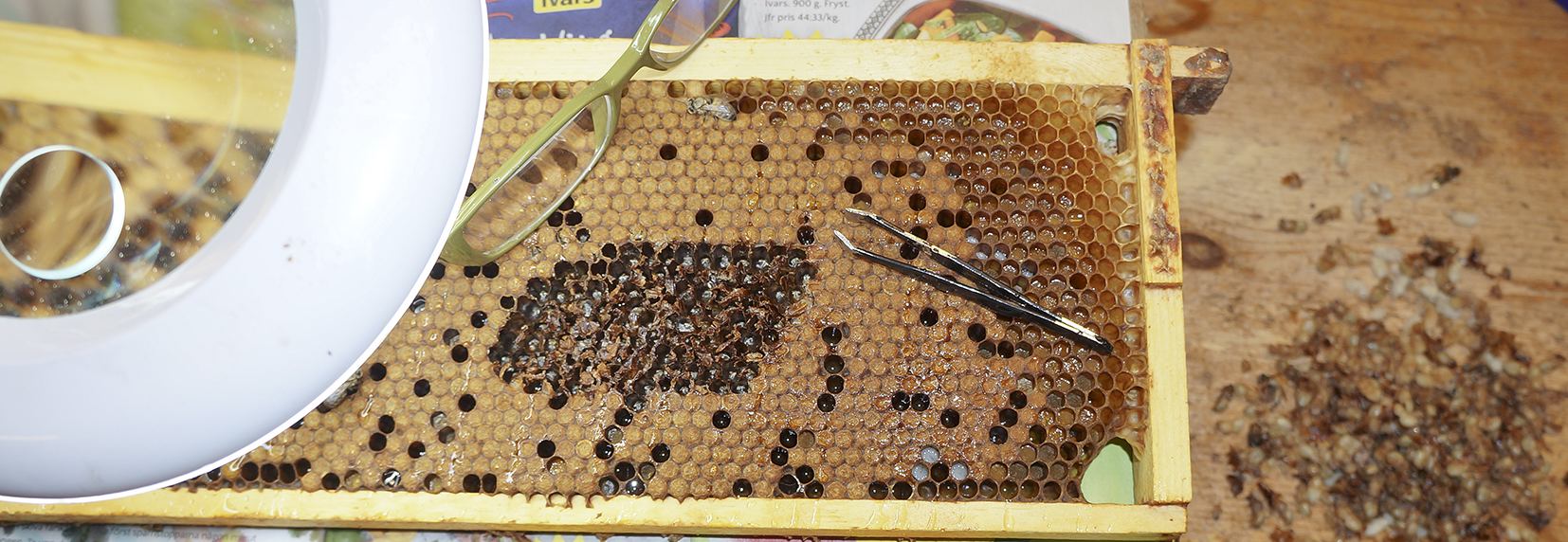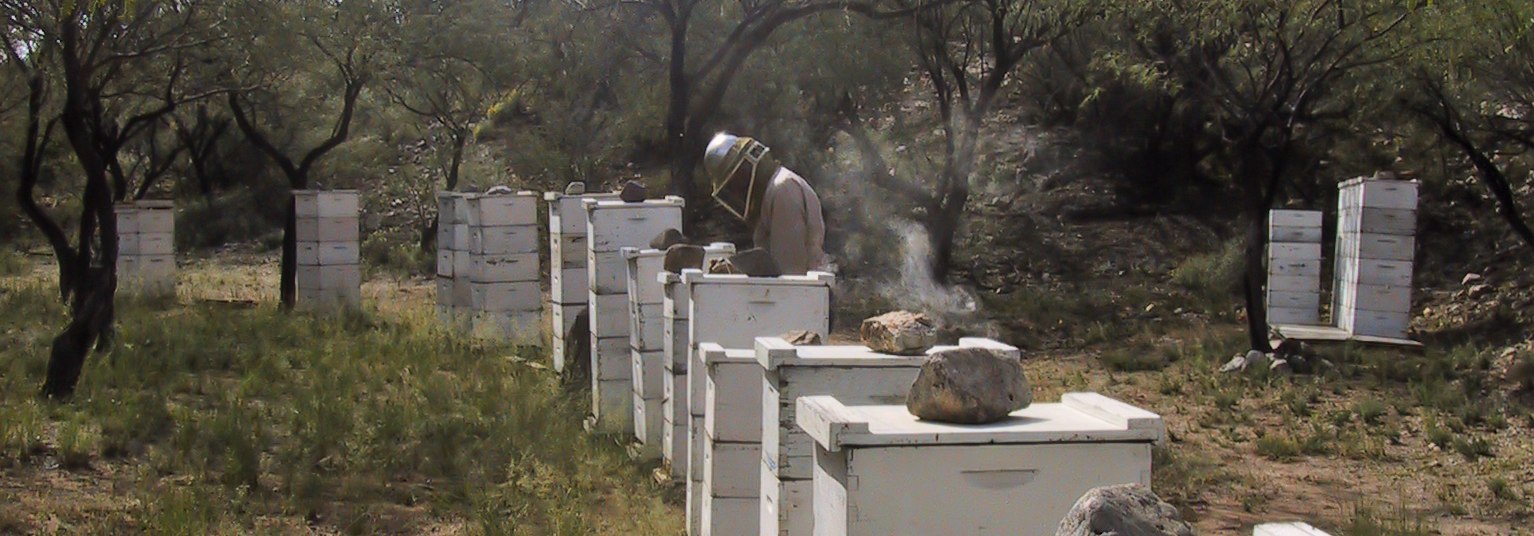This year is a year of swarms in Sweden. The weather is chilly and damp. Bees are sitting a lot inside having little to do but making queen cells. Maybe like many others in such a situation, thinking of reproduction.:)
Understanding history
The first commercially wax foundation, in USA 1876, produced by A.I. Root, had imprints for 5 cells per inch for worker cells, a little less than 5.1 mm cell size. That was said to be an average of cell sizes
Small cells and VSH

There have been numerous tests of varroa reproduction with bees on different cellsizes throughout the years, with the assumption that you then test varroa resistance. As far as I understand that can be true, but you don’t know to what
Denial of history

It appears now and then articles in especially the German language stating that the enlarging of cellsize historically never have occurred, but instead what’s happened is going back to normal larger cellsize. And those decreasing cellsize is doing something unnatural.
Neonics and success
Bees visit corn for pollen, period. Bees visit canola for pollen. Bees visit potatoes for pollen (Danish tests). Bees visit a lot of flowers for pollen. Bees get what the pollen is enriched with. Neonics are not good for bees.
Swarm from a tree
Last year my friend had a call in July about a swarm that had come from a big old tree. The cavity couldn’t bee very big. And the swarm was not big. http://www.elgon.es/diary/?p=235 But the bees in the tree survived the
MT-colony conclusion
I have shared the performance of this colony which had almost a box of plastic small cell frames and natural positioning of these frames (as the uppermost broodbox). Which also had a tough experience with mice living in the bottom
First crop from the multitest colony
Last year I gave almost a whole box of plastic frames 4.95 mm cellsize with natural positioning, http://www.elgon.es/diary/?p=384 This colony was a very nice colony, but needed some thymol as it came up with some wingless bees. It gave an
Producing varroa resistant bees from a local population

Erickson and Hines in test apiary 2003 Dr Eric Erickson did a great job in the 1990’s in Arizona together with A.H. Atmowidjojo and Lenard Hines (commercial beekeeper with 700 colonies), first showing it’s relatively easy to identify more resistant
Multitest colony prepare to boom
You know the MT-colony – testing natural positioning, plastic frames, mostly honey as winter store, and a mouse nest… A couple of days ago, about 12°C (52F) and sunny, still no fresh high value pollen (some from early blooming trees).